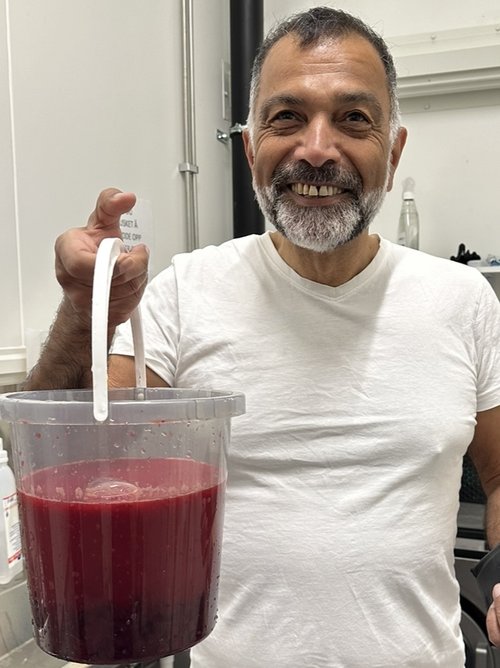The EU has recently updated the regulation for wastewater treatment designed to strengthen the protection of the environment and human health. The new regulation directly affects fish processing factories that will have to look for alternatives to its effluents. Taking advantage of this situation, Norwegian company Berggylta aims to process fish blood into a feed source.
“More than 50% of all salmon is produced in Norway. The goal is to produce five million tons of salmon by 2050 and one of the challenges is blood water, a headache for the industry. Berggylta and I are now introducing a solution to the problem,” David Tehrani, chairman of the board at Berggylta, said in a recent interview.
The process consists of two parts. The first step isolates blood from water, a challenging step since blood is soluble in water. The second step is processing it into a feed ingredient. “The production process is sustainable and cheap and uses no chemicals. No other company can compete with us when it comes to quality and price. The products were tested in a lab,” Tehrani said.

The company has submitted five patent applications and is in the process of submitting the next one. “We are working with Fremtidens Industry in Norway to assist us with further development regarding the invention and design of the next-generation prototype. We are also looking for industry partners,” Tehrani said.
“Fish blood contains a lot of easily digestible proteins, fatty acids, such as EPA and DHA and iron. The problem with the amount of salt in the blood is solved. Our findings show that fish blood can make up to 15-20% of the feed for fish, up to 20% of feed for pigs and up to 15% for chicken,” Tehrani stated.
In terms of regulations, both the process and the product meet Norwegian and European regulations. “I believe that this must be interesting for the aquaculture industry in Canada, England, and Chile as well. I am currently discussing the process with a poultry and a fish farming company,” Tehrani said.
“Fish blood is a byproduct that the fish processing industry pays to get rid of. Our product is new and no one can today say the price of it with certainty. Our production system can be integrated into the existing slaughterhouses and products can be out in a year at a price that can compete with other established products,” Tehrani concluded.










